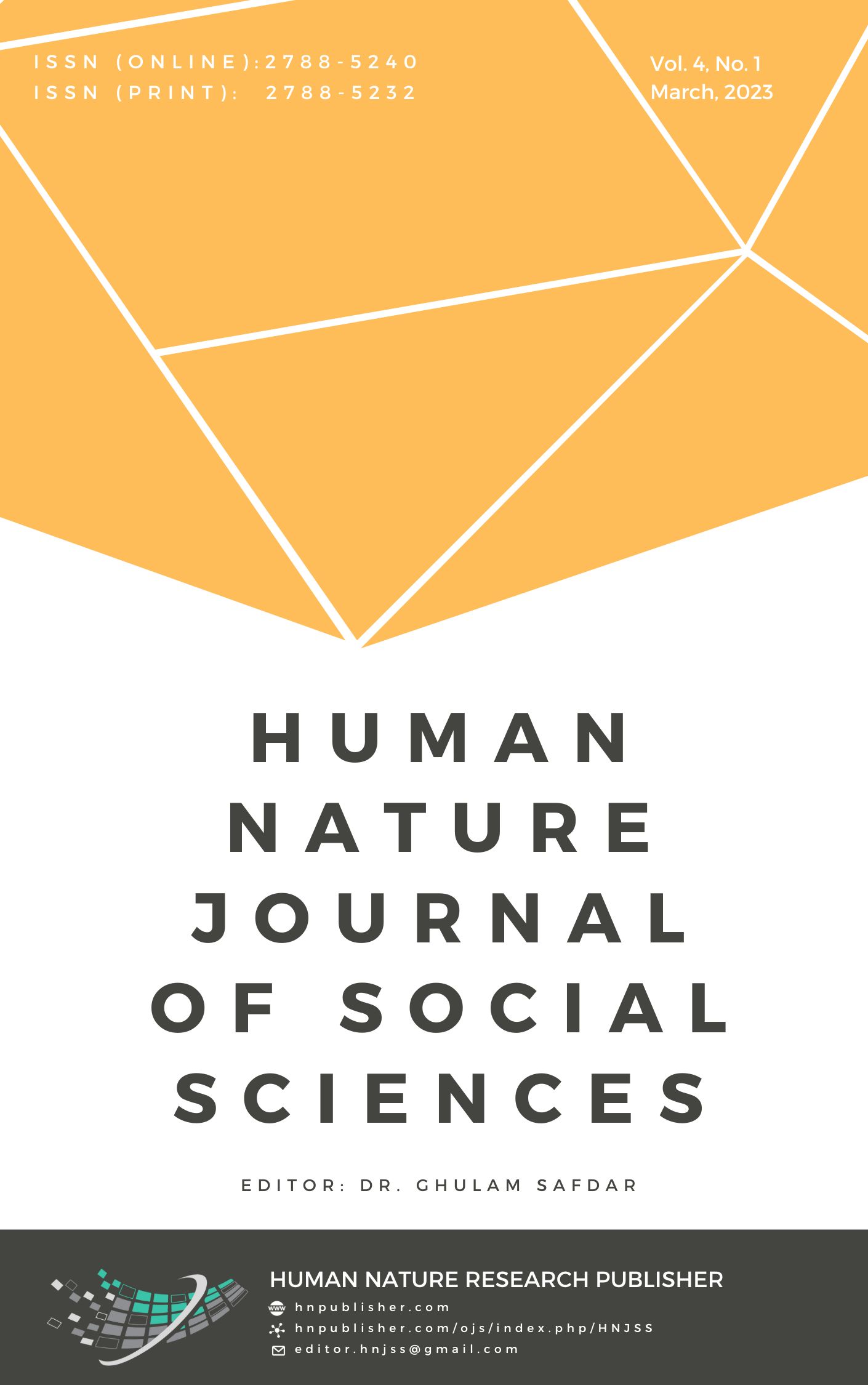Structural Transformation and Export Diversification: A Case Study of Pakistan
DOI:
https://doi.org/10.71016/hnjss/zn6t6389Keywords:
Structural Change/Transformation, Export Diversification, Sectoral shift, Traditionality index, Medium-term Structural ChangeAbstract
Aim of the study: Structural transformation plays a significant role in a country’s economic growth and development. There are many economies around the world which have experienced structural transformation, however, this phenomenon had not been rigorously analyzed for Pakistan. This study examined the process of structural transformation in Pakistan’s economy through two dimensions.
Methodology: The first dimension is the study of structural transformation with reference to export diversification using traditionality index. For this, industry-specific data at 2-digit SITC from 1972 till 2021 was collected, using which the aggregate and average cumulative export experience functions were calculated. The traditionality index was further utilized to construct the structural change index by calculating medium-term structural change. The second dimension is the investigation of sectoral shifts, for which sectoral composition of GDP and sectoral % growth data were taken for 6 countries, including Pakistan. This data was then scrutinized in a comparative analysis approach.
Findings and conclusion: The findings of the study show that in context of export diversification, the top 10 export industries of Pakistan are traditional, and no significant structural change has been observed. According to the comparative analysis, the industrial sector’s contribution to Pakistan’s GDP is one of the lowest while growth of all three sectors lags behind other countries. Services sector is the highest contributor to Pakistan’s GDP but is dominated by only 2 categories.
Study implications: This study can be helpful for law makers, the state, and industrialists to understand that the way forward is to diversify and shift to value adding exports to increase share of the industrial sector in GDP via appropriate reforms.
Downloads
Published
Issue
Section
License
Copyright (c) 2023 Noor Ul Ain Adeel, Salman Faysal Kazi, Dr. Samina Naveed, Maha Shaffi (Author)

This work is licensed under a Creative Commons Attribution-NonCommercial 4.0 International License.








